In modern bathroom design, the acrylic freestanding tub has become a crucial element in enhancing both spatial aesthetics and the overall bathing experience.
Compared with traditional embedded bathtubs, independent bathtubs not only have flexible and visually lightweight shapes, but also can create a hotel-like high-end feel.
However, for consumers undergoing bathroom renovation, choosing the appropriate size often becomes the most challenging issue.
The bathroom area, layout, pipeline location, and usage requirements all directly affect the comfort and practicality of the bathtub.
This article will help you choose the most suitable acrylic independent bathtub for your bathroom renovation, taking into account market trends, size calculations, spatial layout, material characteristics, functional design, and consumer purchasing guides.
Market trend: The popularity of acrylic independent bathtubs continues to rise
In recent years, the demand for independent bathtubs in the mid to high end bathroom renovation market has continued to grow.
Especially acrylic bathtubs, with their lightweight properties, thermal insulation, and ease of molding, have become the preferred choice for consumers.
Market data shows that:
From 2020 to 2025, the sales of acrylic independent bathtubs are expected to increase by approximately 35% year-over-year.
In the renovation of high-end hotel suites and private residences, independent bathtubs have become a standard feature, especially in modern minimalist, Nordic, Japanese, and other decorative styles.
Industry designers point out that the popularity of independent bathtubs is not only due to their functionality, but also to their visual focus effect.
A beautifully shaped and appropriately sized acrylic bathtub can instantly elevate the bathroom's level and become a design highlight of the space.
Bathroom area and layout: the basis for size selection
The first step in choosing an acrylic independent bathtub is to calculate the area and layout of the bathroom to ensure a suitable fit.
Small bathroom (55 to 85 sq. ft.)
The recommended bathtub length is 4–5 feet, and the width is approximately2.3 to 2.6 ft.
Compact in size, it can accommodate a single person's bathing needs without appearing crowded.
Medium-sized bathroom (85–130 sq. ft.)
Optional length of 5–5.5 feet and width of 2.6–3 feet.
It can accommodate comfortable bathing for one person while retaining some activity space for easy cleaning and daily use.
Large bathroom (over 130 sq. ft.)
Length over 6 ft, width up to 3 ft, and an optional double bathtub.
The height and depth can be adjusted to create a luxurious hotel-style bathing experience.
Designers recommend reserving at least 20–24 in of activity space around the bathtub for easy access and cleaning.

Advantages of Acrylic Material: Lightweight, Thermal Insulation, and Free Styling
Compared to cast iron or stone bathtubs, acrylic independent bathtubs have significant advantages:
lightweight
Single-person portable installation without the need for additional load-bearing walls or floor reinforcement.
Good insulation performance
Acrylic material can maintain a consistent water temperature for an extended period, enhancing the comfort of bathing.
Flexible design
It can create various curved, elliptical, square, or retro styles to meet the needs of different bathroom styles.
Stain-resistant and easy to clean
A smooth surface reduces the accumulation of scale and mold, making cleaning and maintenance easier.
Relatively moderate cost
Compared to cast iron or natural stone, acrylic bathtubs are more cost-effective and suitable for most households with renovation budgets.
Depth and height of bathtub: key to a comfortable experience
In addition to length and width, the depth and height of the bathtub also directly affect the bathing experience:
Shallow bathtub (16–18 in)
Suitable for short-term flushing or small space bathrooms, with low water consumption.
Medium depth bathtub (18–22 in)
Meets the needs of most families for single-person bathing, offering comfortable and water-saving shower settings.
Deep bathtub (over 22 in)
Provide a more comprehensive soaking experience, suitable for users who pursue a luxurious bathing experience.
Experts suggest that the depth of the bathtub should be selected based on the height of family members and the drainage design of the bathroom, to avoid overflow caused by high water levels or discomfort caused by low water levels.
Functional design: Make the bathtub more intelligent
Modern acrylic independent bathtubs not only have basic bathing functions, but also constantly add practical and intelligent designs:
Massage nozzle and bubble system
Improving bathing comfort can alleviate fatigue.
Anti-slip bottom layer design
Improve safety, especially suitable for families with elderly or children.
Tabletop and edge design
The integrated wide edge can accommodate toiletries or small decorations, increasing convenience.
Drainage and overflow protection
High-quality drainage design can prevent accidental overflow and facilitate daily cleaning.
Installation and piping considerations
The installation methods of independent bathtubs mainly include:
floor-standing
Simple and convenient, suitable for most households to renovate their bathrooms.
Semi-embedded system
Install against the wall on the back or one side, balancing aesthetics and pipeline concealment.
During installation, it is necessary to consider:
Does the position of the water pipe match the bathtub outlet?
Is the ground load-bearing capacity sufficient?
Reserved cleaning and activity space around the bathtub
In addition, it is recommended to have professional water and electricity workers complete the installation to avoid water leakage and pipeline problems.
Price range and cost-effectiveness analysis
The price of acrylic independent bathtubs is significantly influenced by factors such as size, function, brand, and design.
Entry-level: $400-$700, single bathtub, basic design.
Mid-end model: $700-$1200, with added massage, depth design, or special styling.
High-end models: priced at $1200 or above, featuring a double bathtub, luxurious features, or customized sizes.
Compared to cast iron or natural stone, acrylic bathtubs are not only more affordable and easier to install, but also provide a comfortable bathing experience, making them a more cost-effective option.
Consumer purchasing guide
When choosing an acrylic independent bathtub for bathroom renovation, you can refer to the following steps:
Measure the available area of the bathroom, determine the length, width, and surrounding activity space.
Choose the appropriate depth and height based on the height and usage habits of family members.
Select functional configurations such as massage, bubble, anti slip bottom layer, etc. to meet usage needs.
Confirm the position of drainage and pipelines to ensure smooth installation.
Combine the decoration style, choose the shape and color, and make the bathtub the visual focus of the bathroom.
Balance budget and cost-effectiveness between comfort and price.
Conclusion: An Acrylic independent bathtub makes bathroom upgrades easier
With the shift in bathroom design concepts from functional to experiential, the acrylic freestanding tub is no longer just a bathroom fixture, but also a reflection of the quality of family life.
Choosing a suitable size, reasonable depth, and fully functional acrylic bathtub not only enhances bathing comfort but also makes the bathroom a visual focus, creating a high-end, warm, and practical private space.
In the renovation of existing bathrooms, acrylic independent bathtubs have become the most classic choice worth considering in modern home decoration due to their lightweight, thermal insulation, flexible design, and high cost-effectiveness.

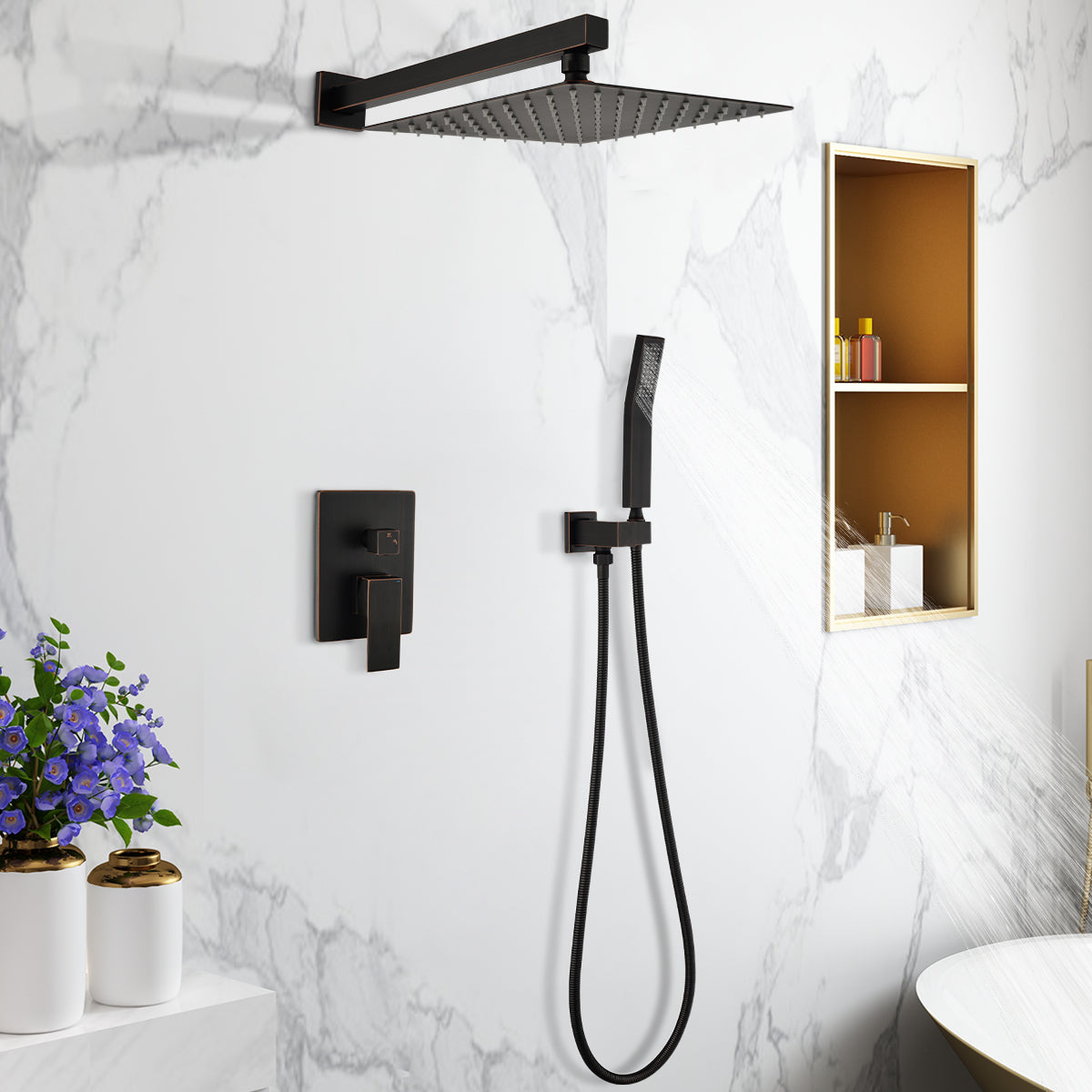






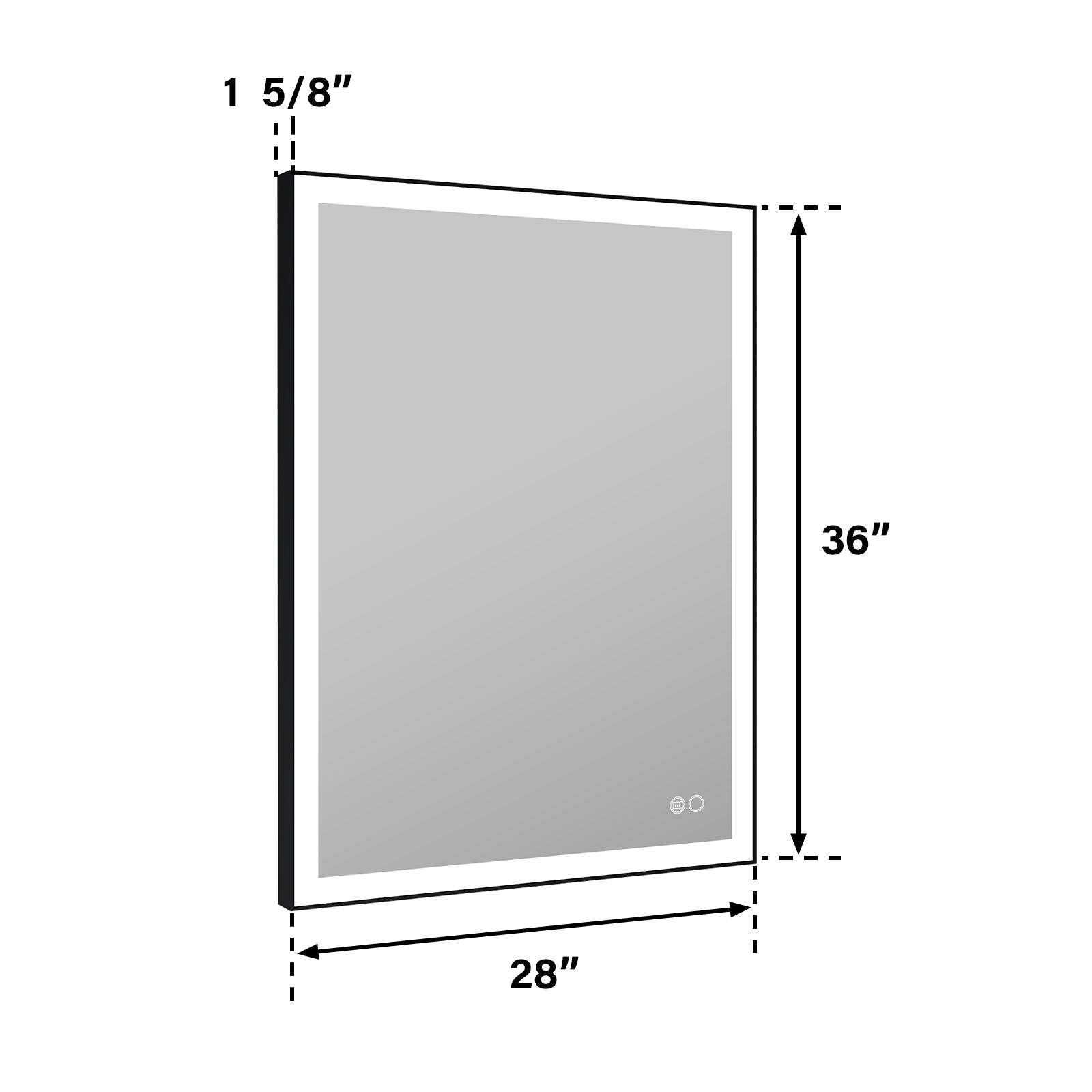
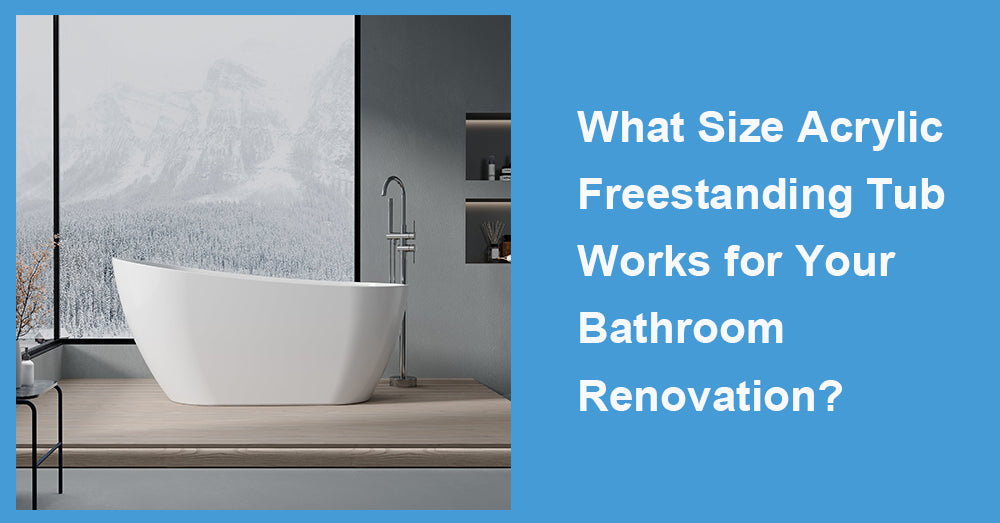

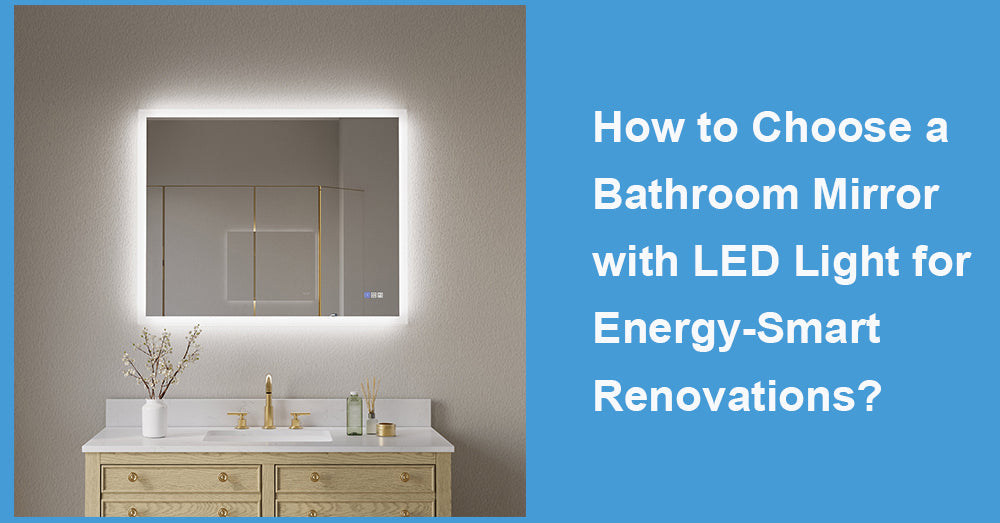
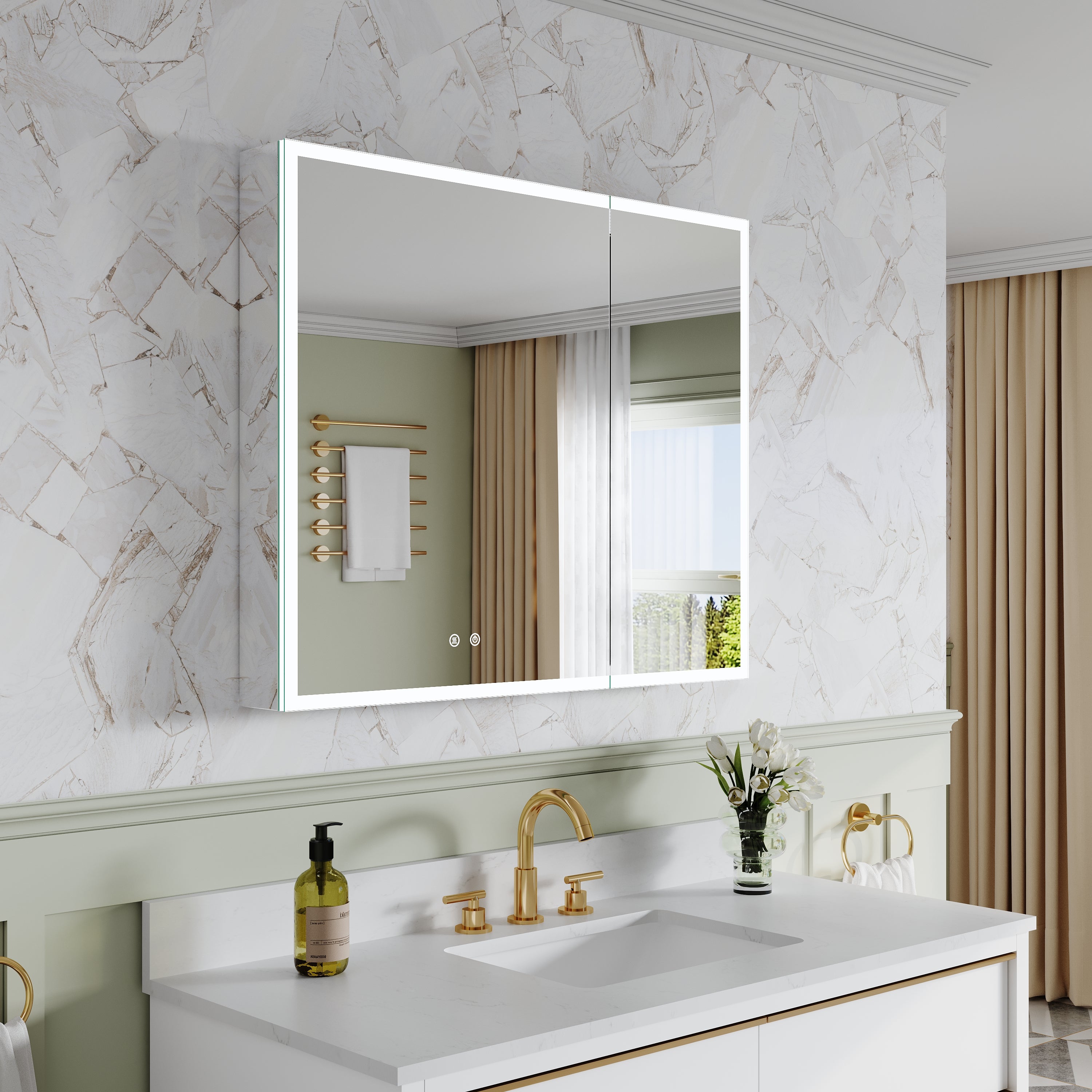
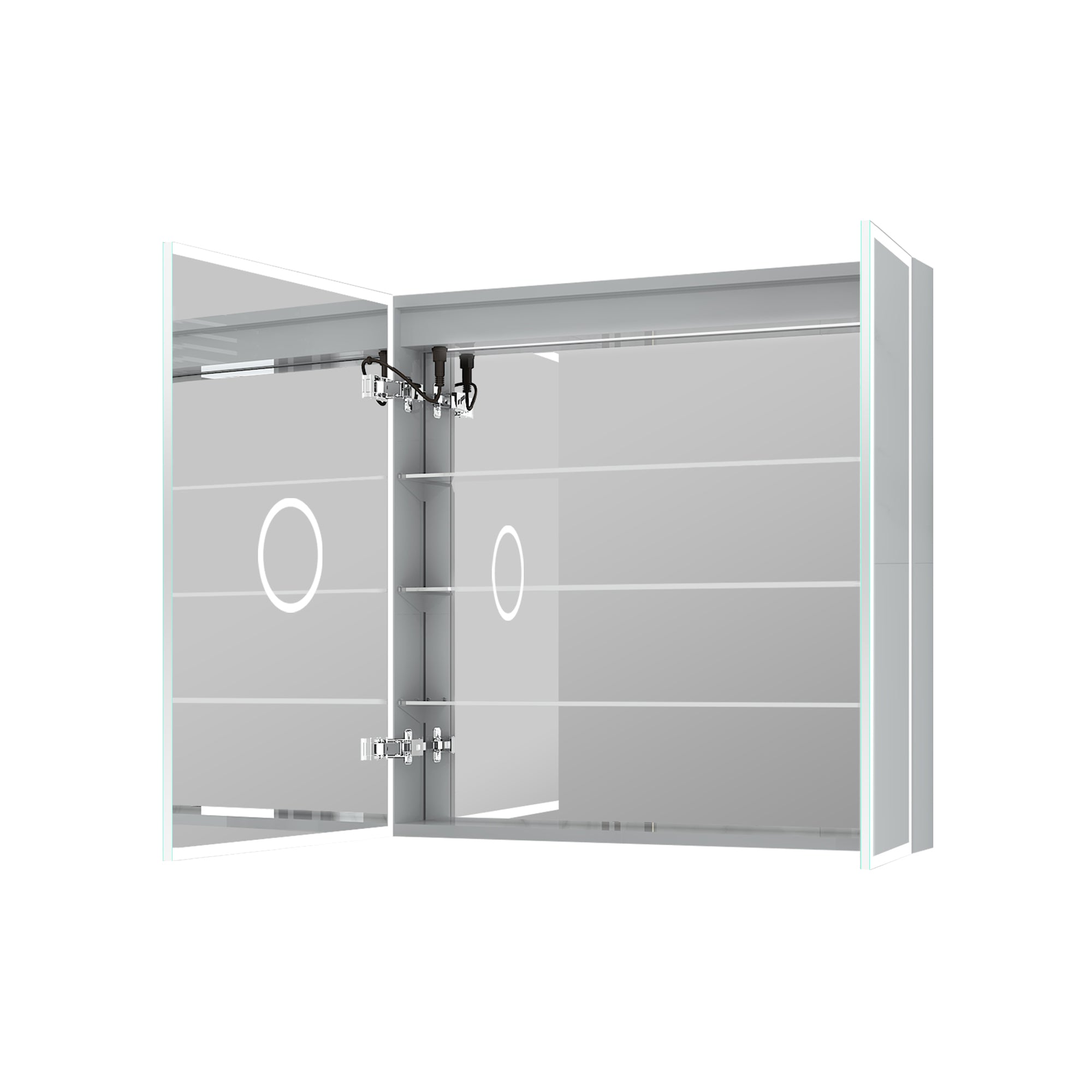
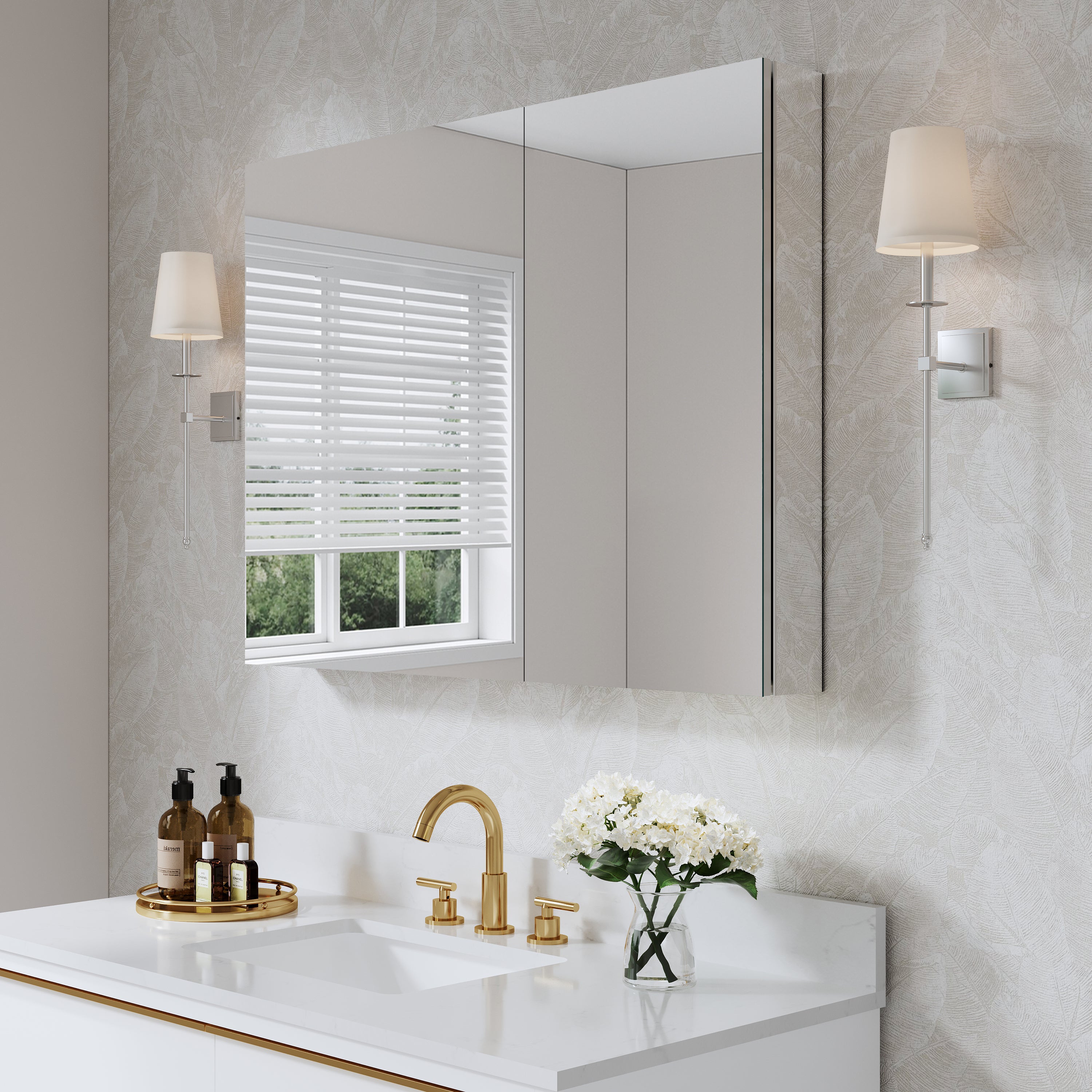

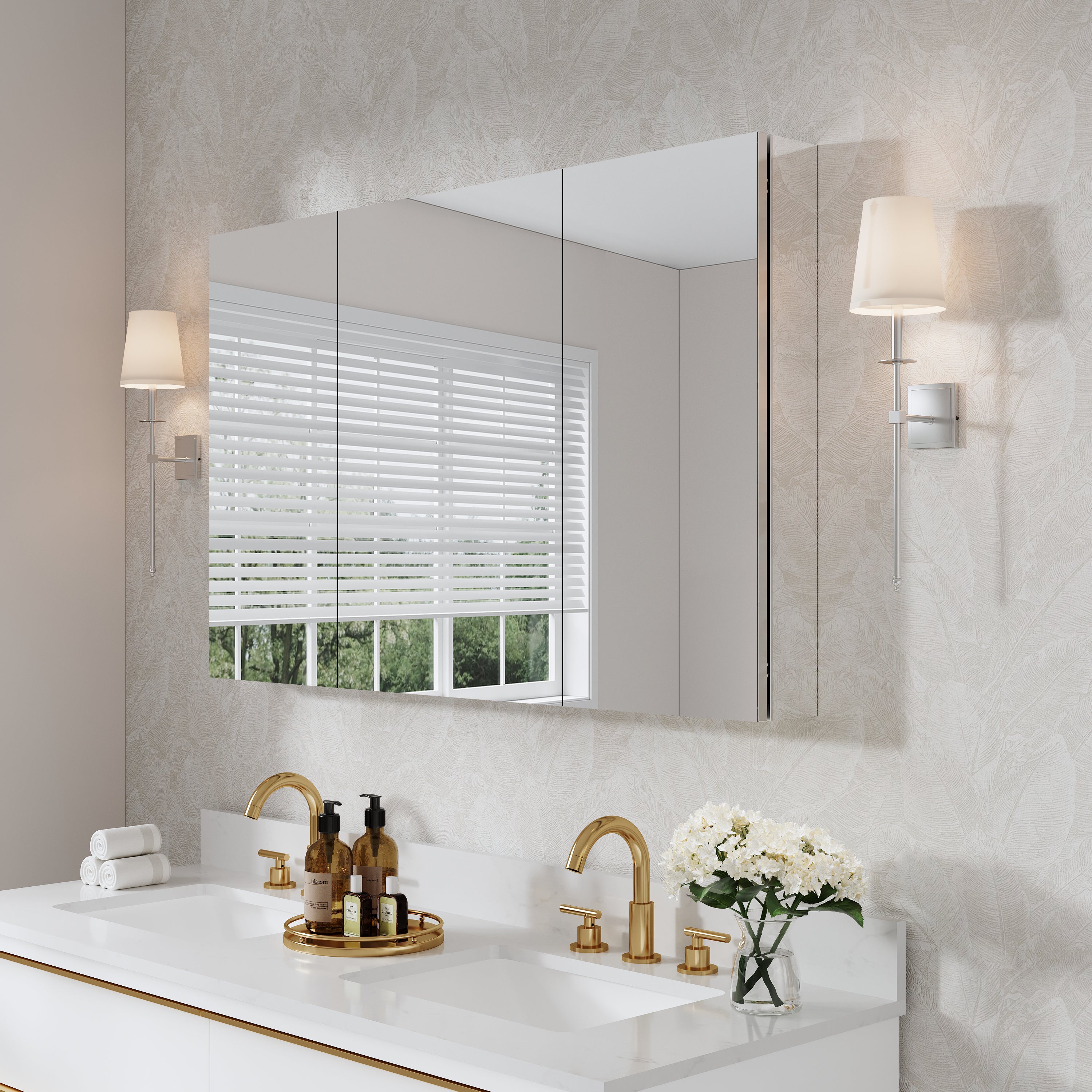
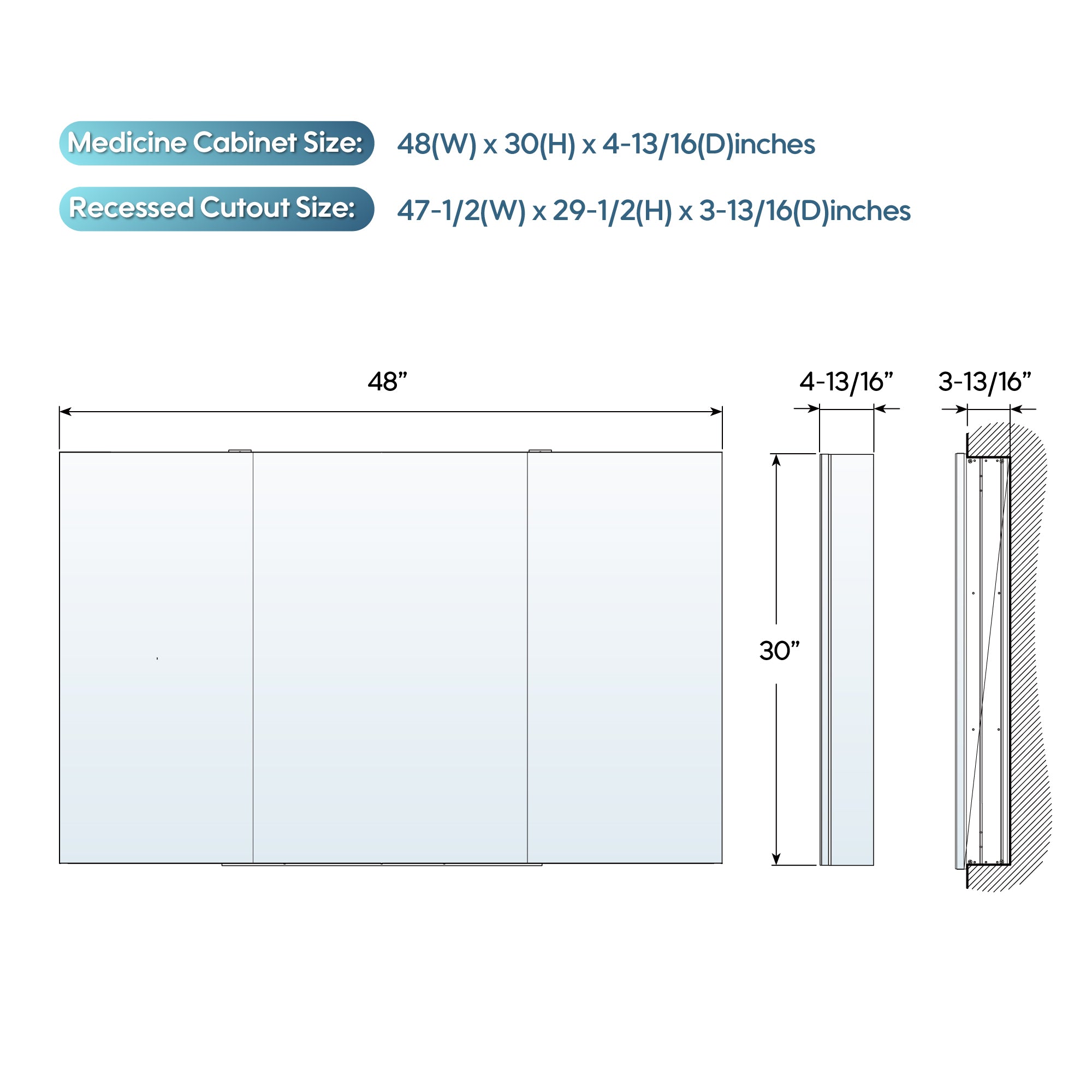

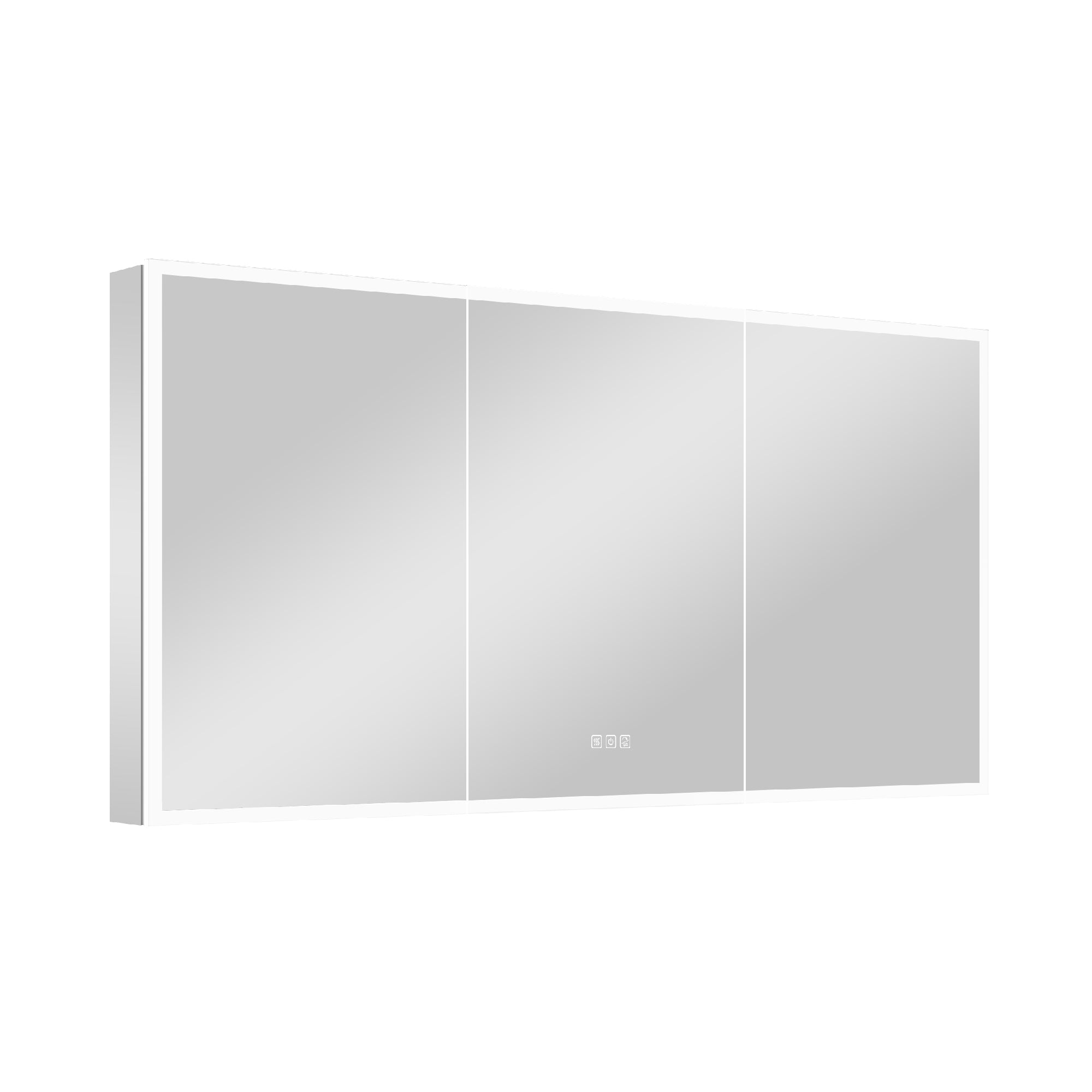
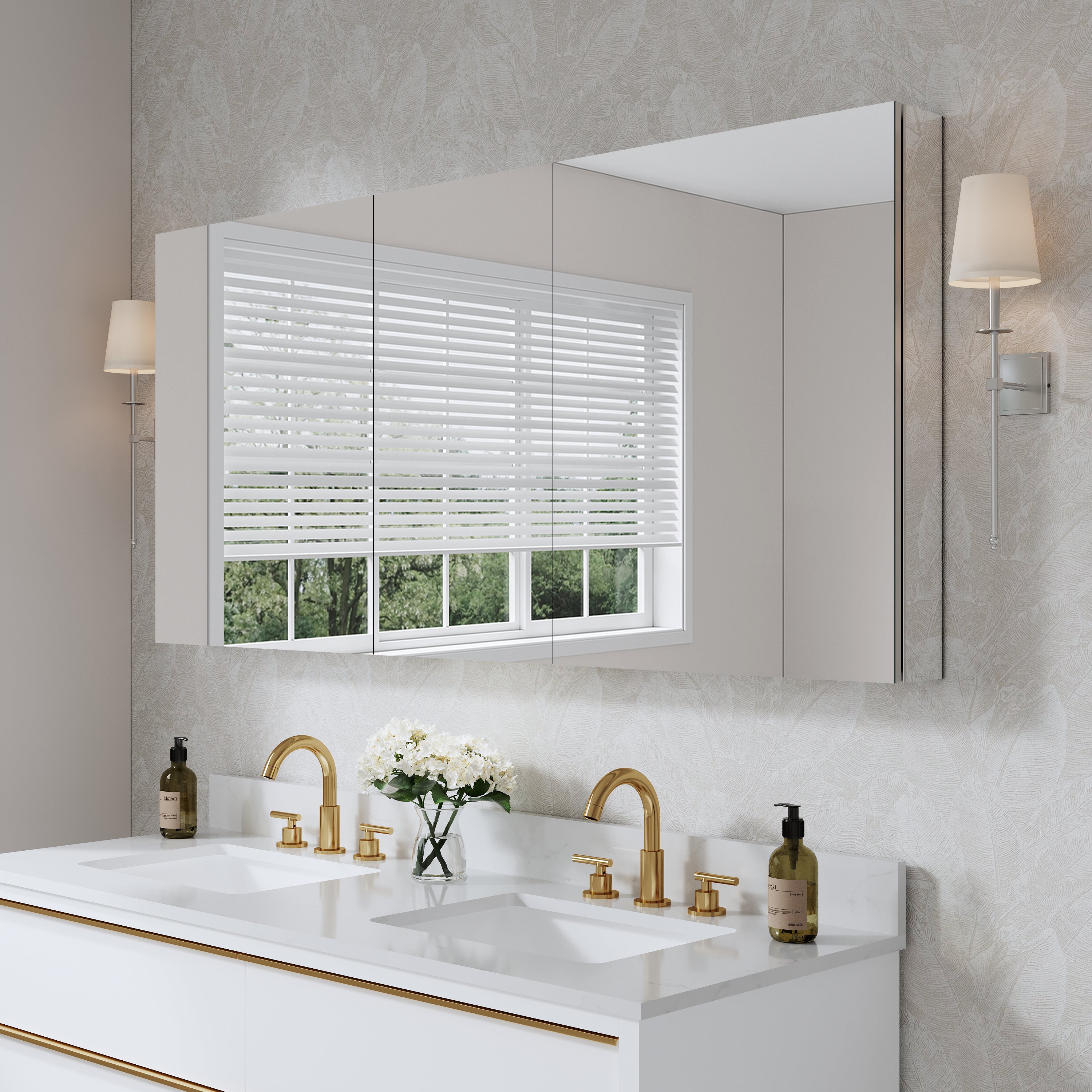




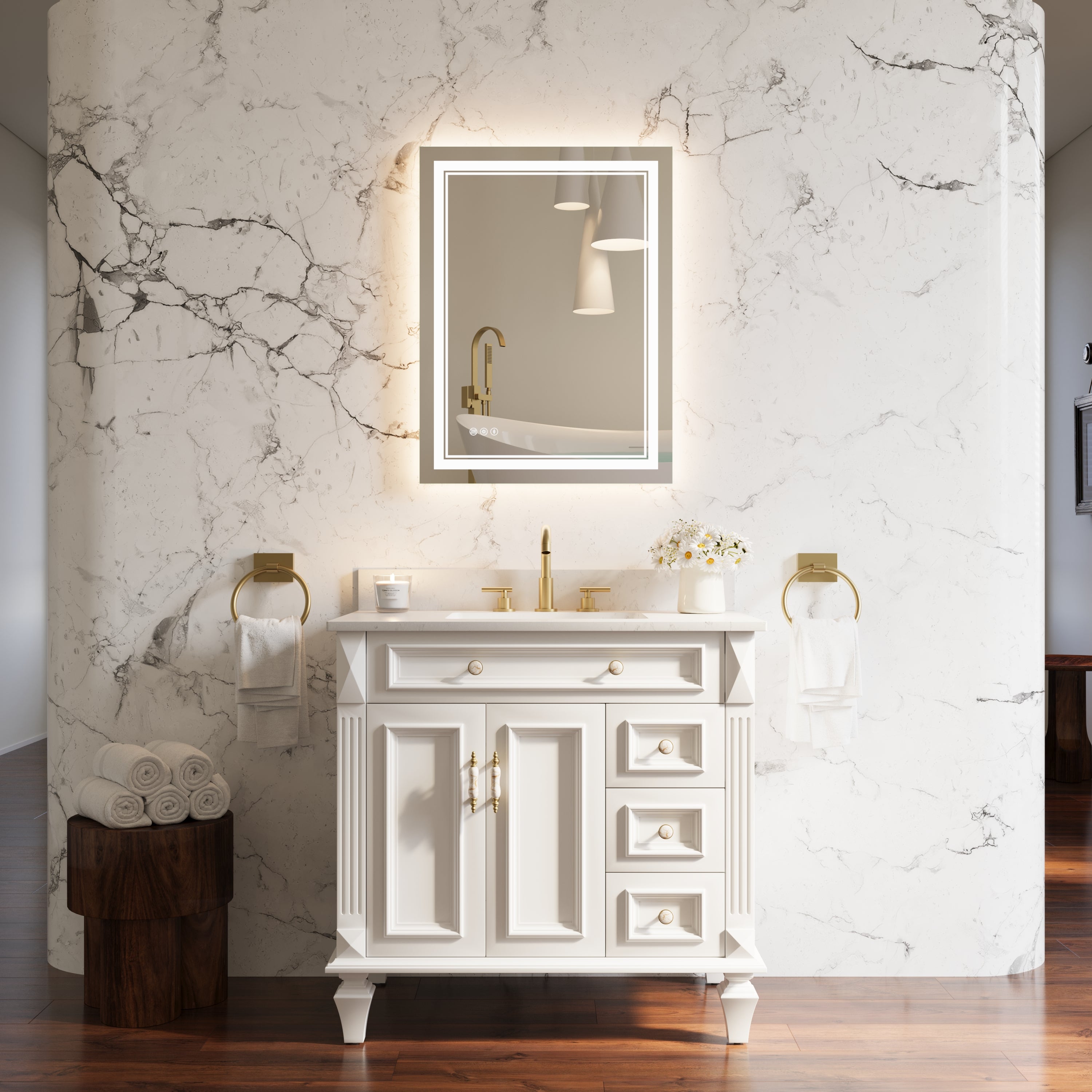
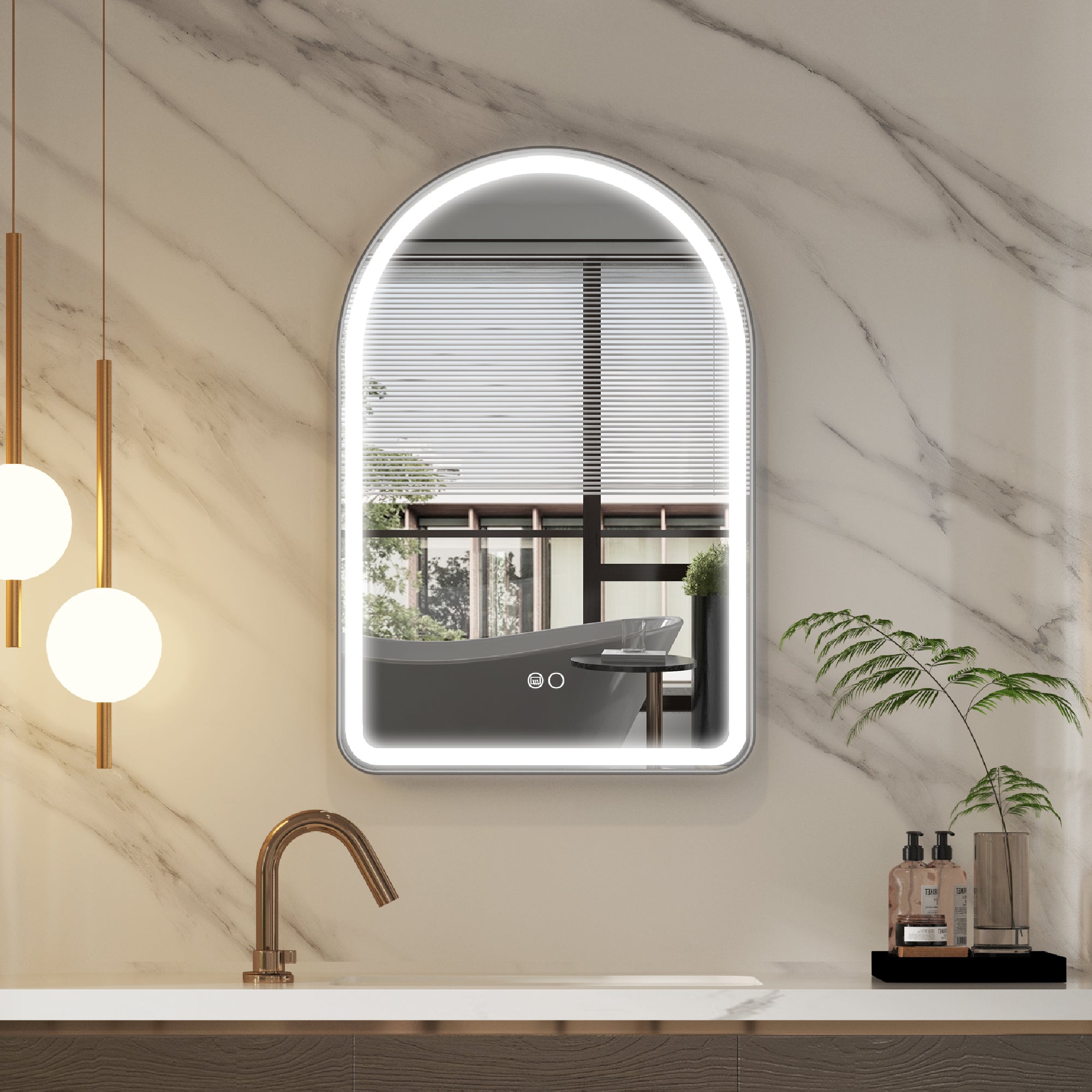
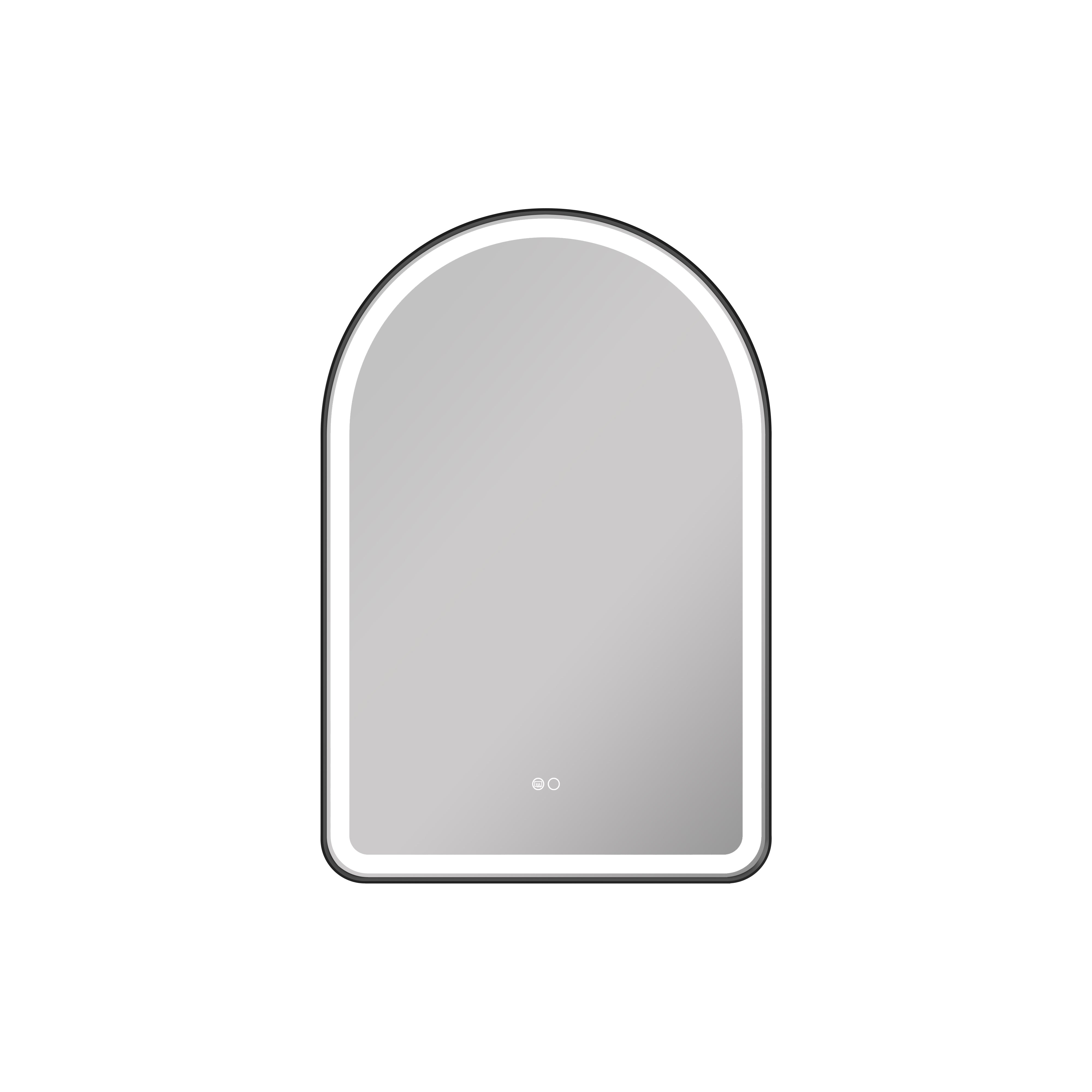

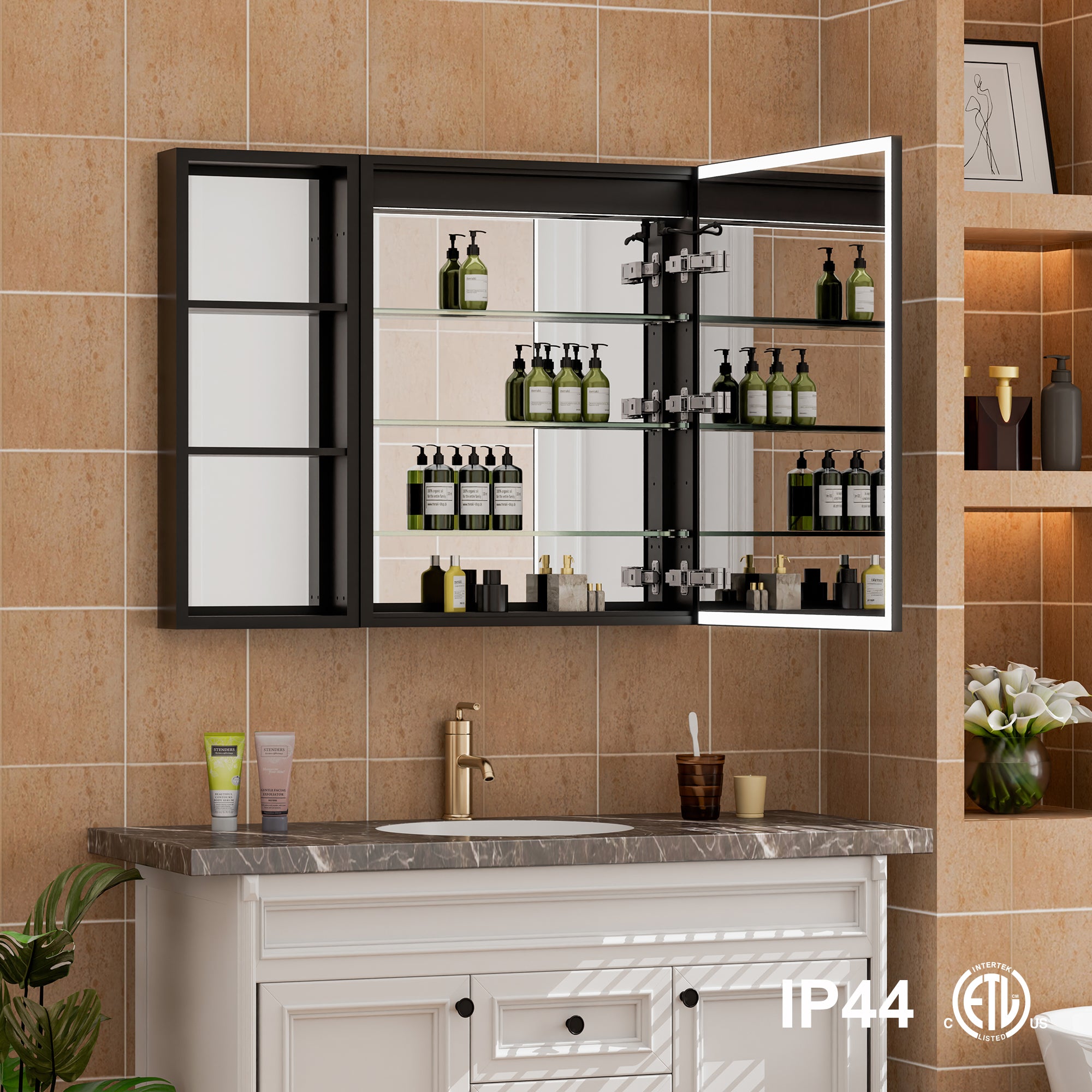
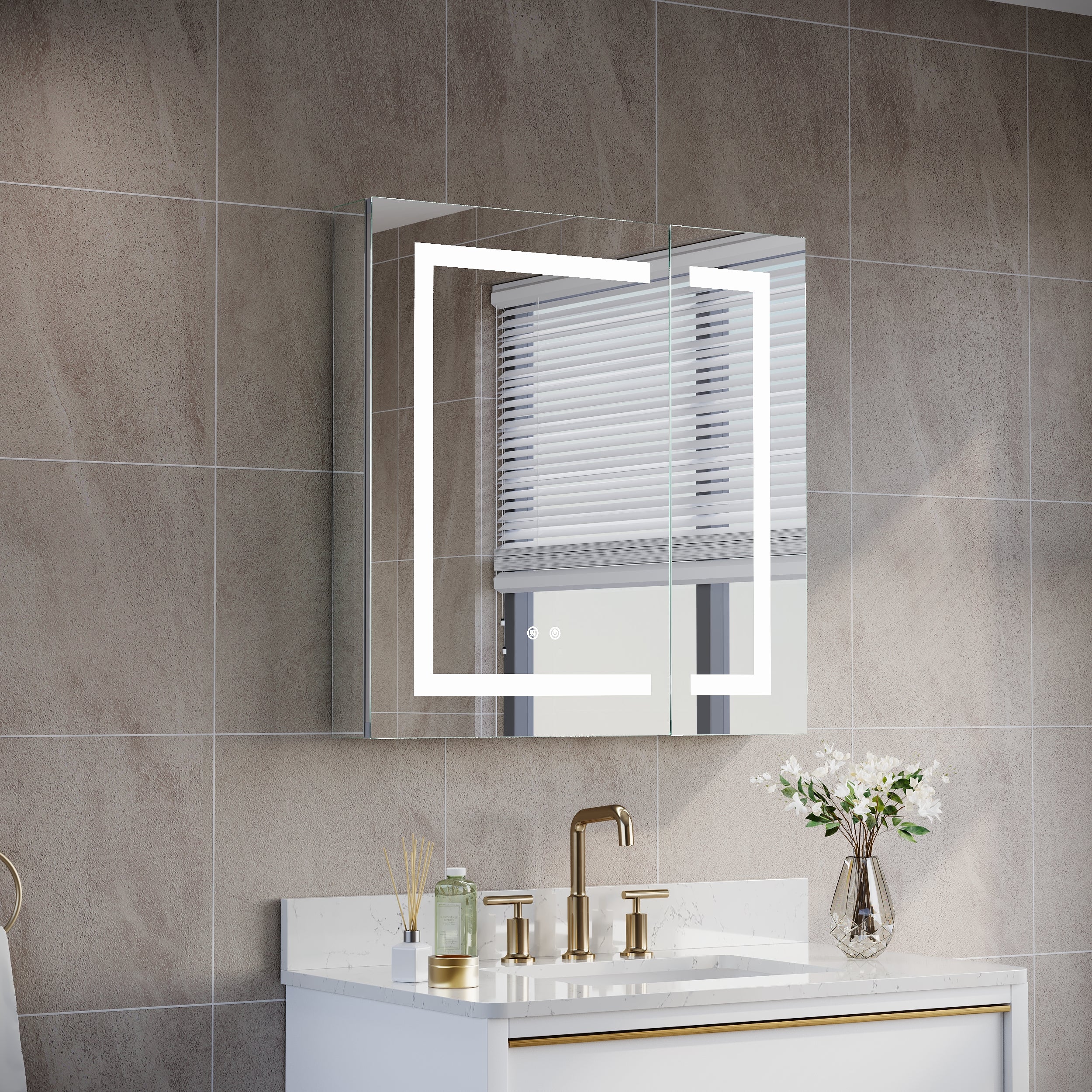
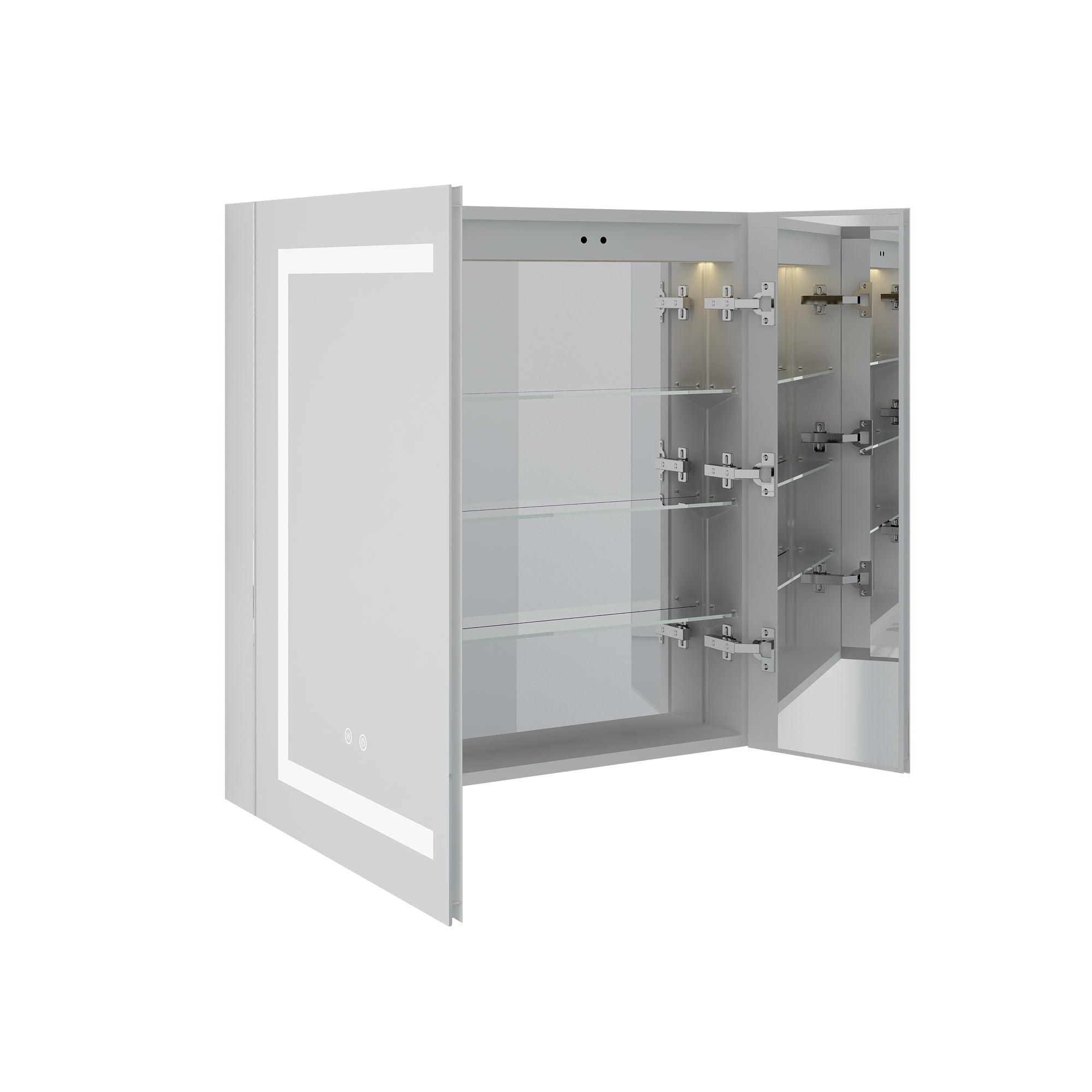
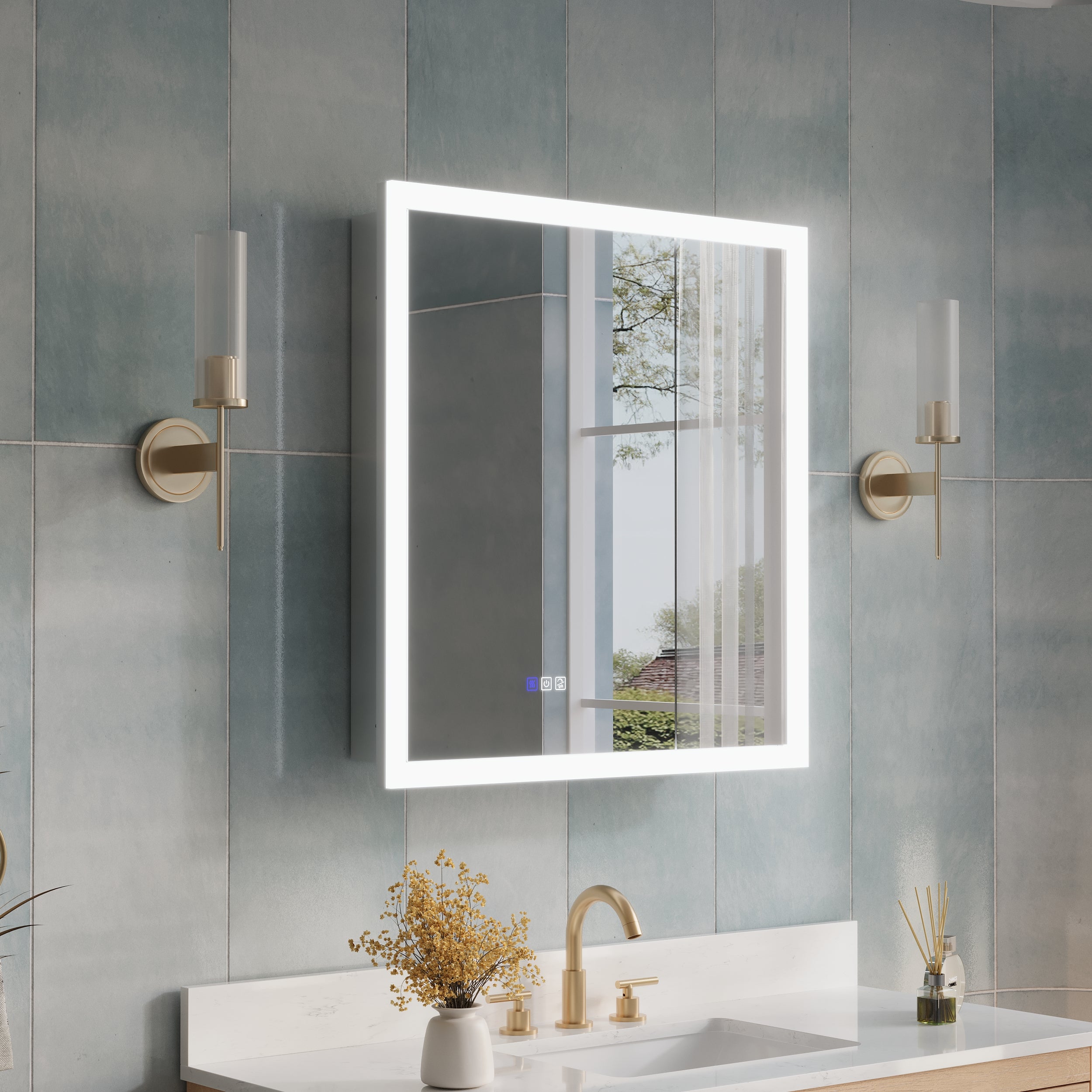
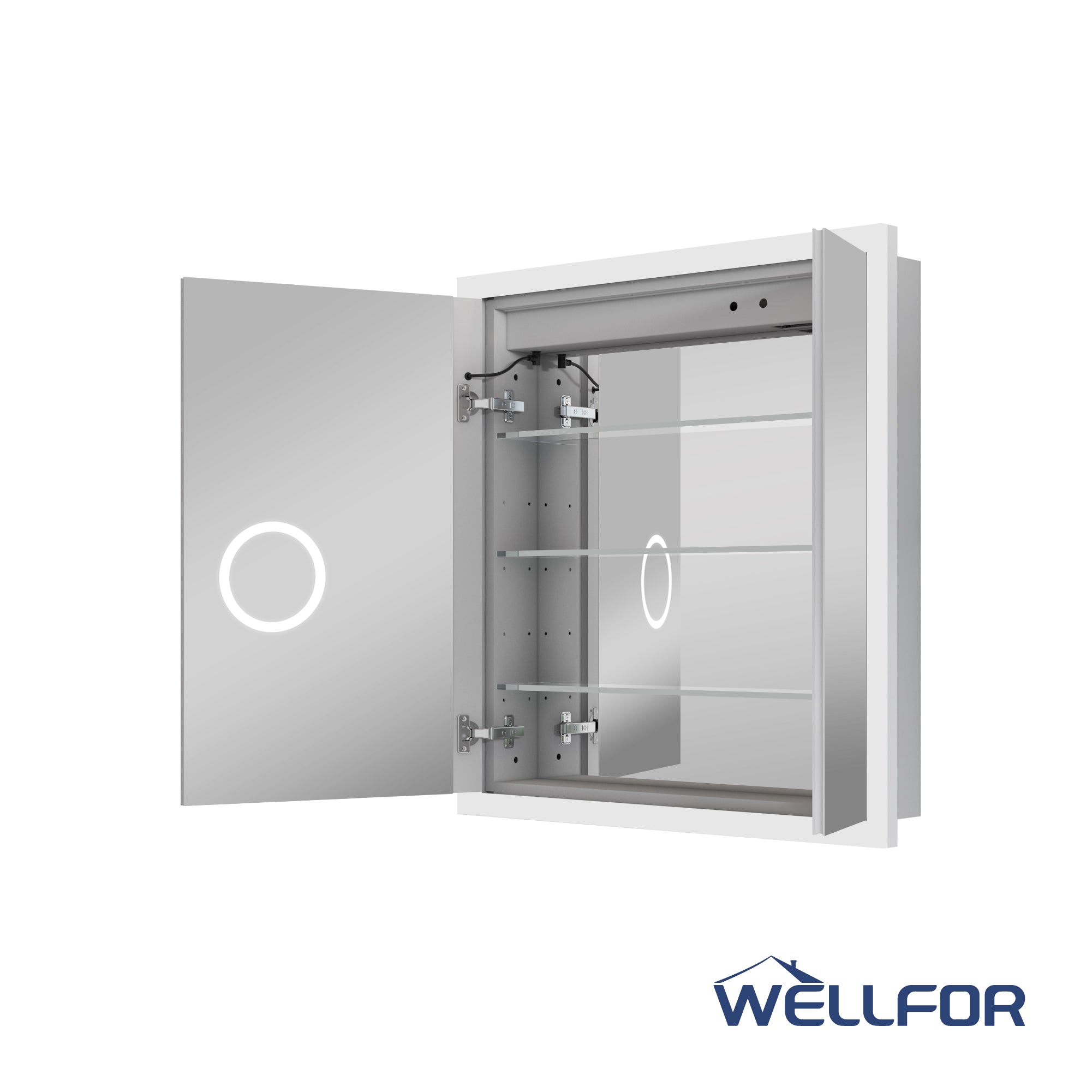
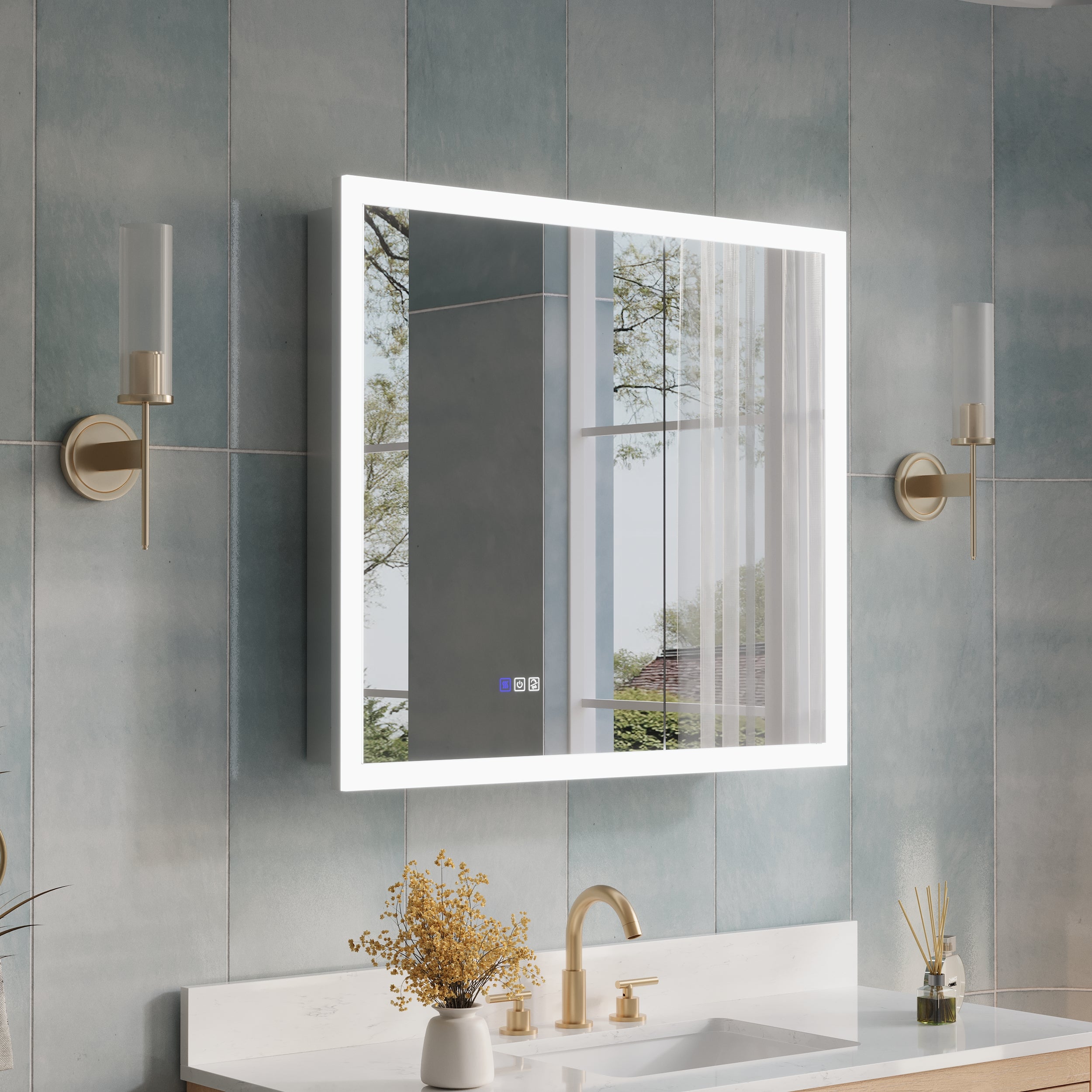

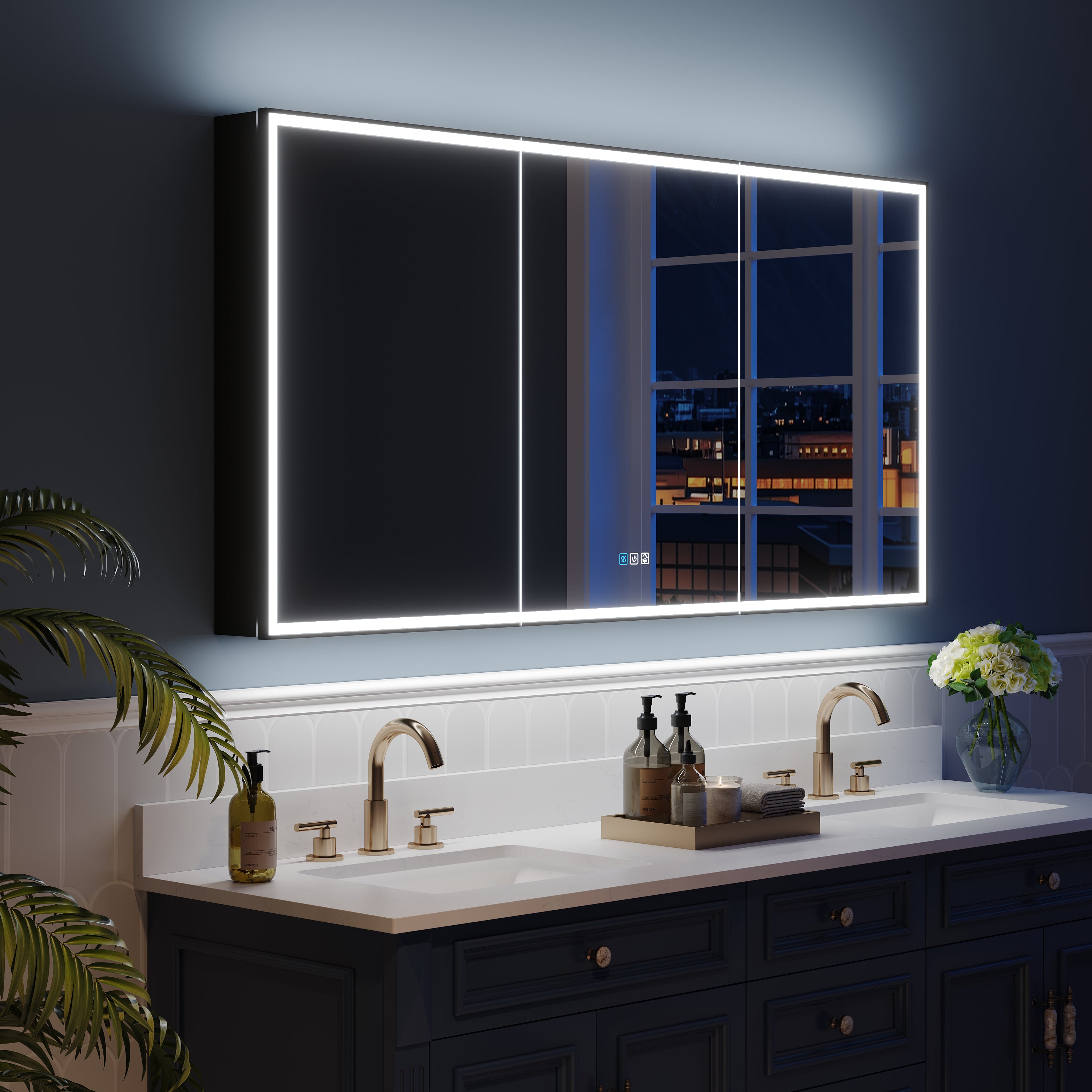
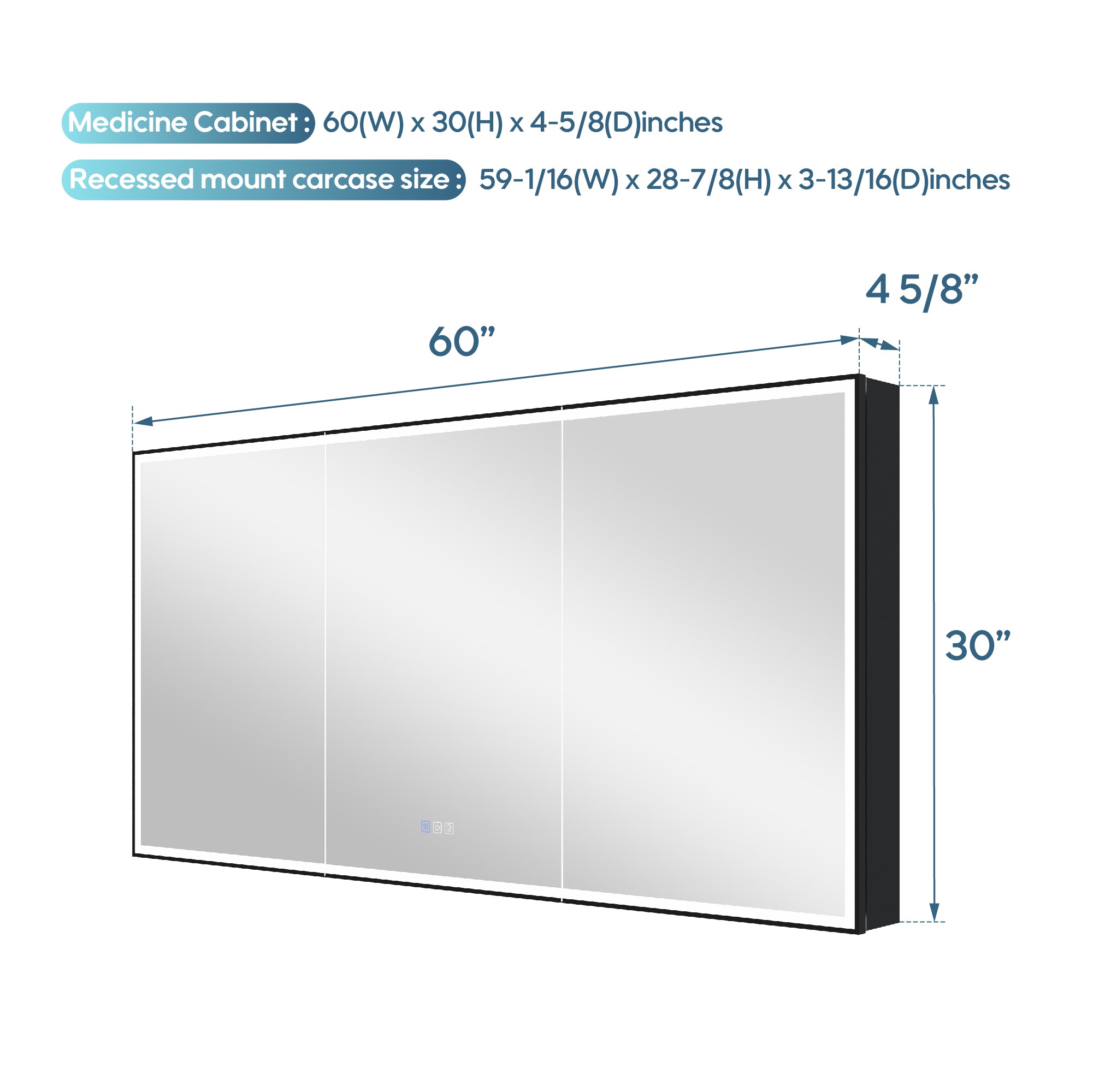
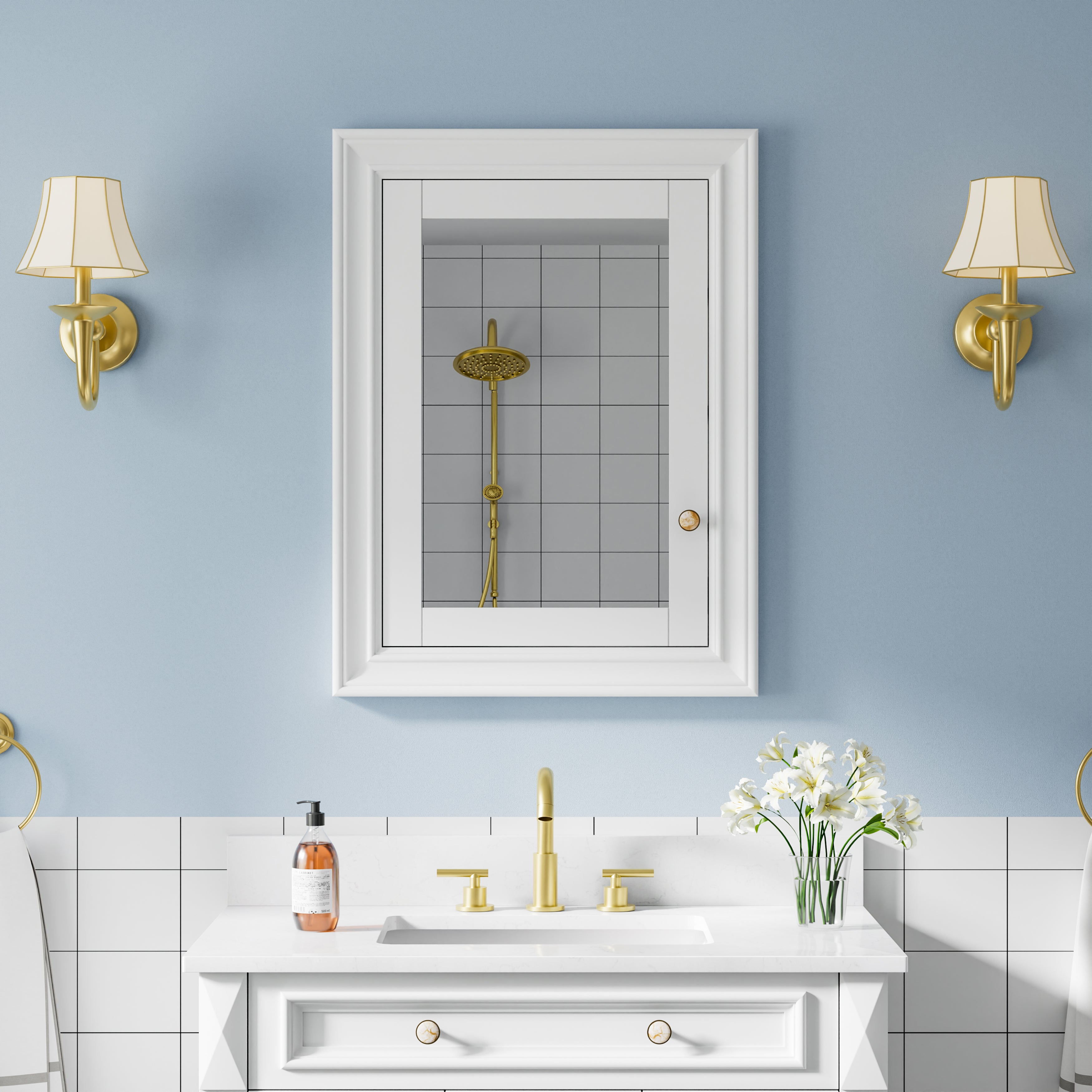


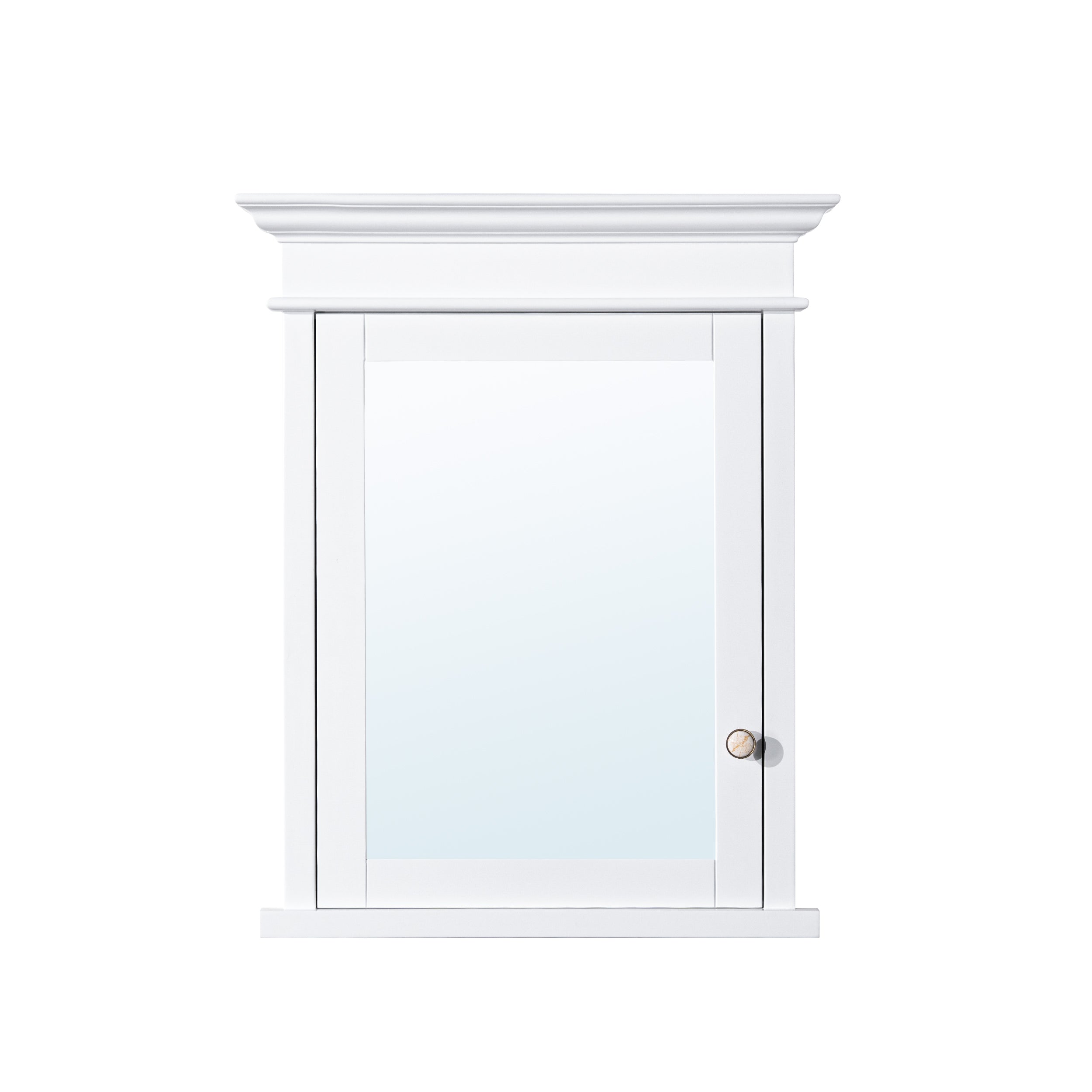

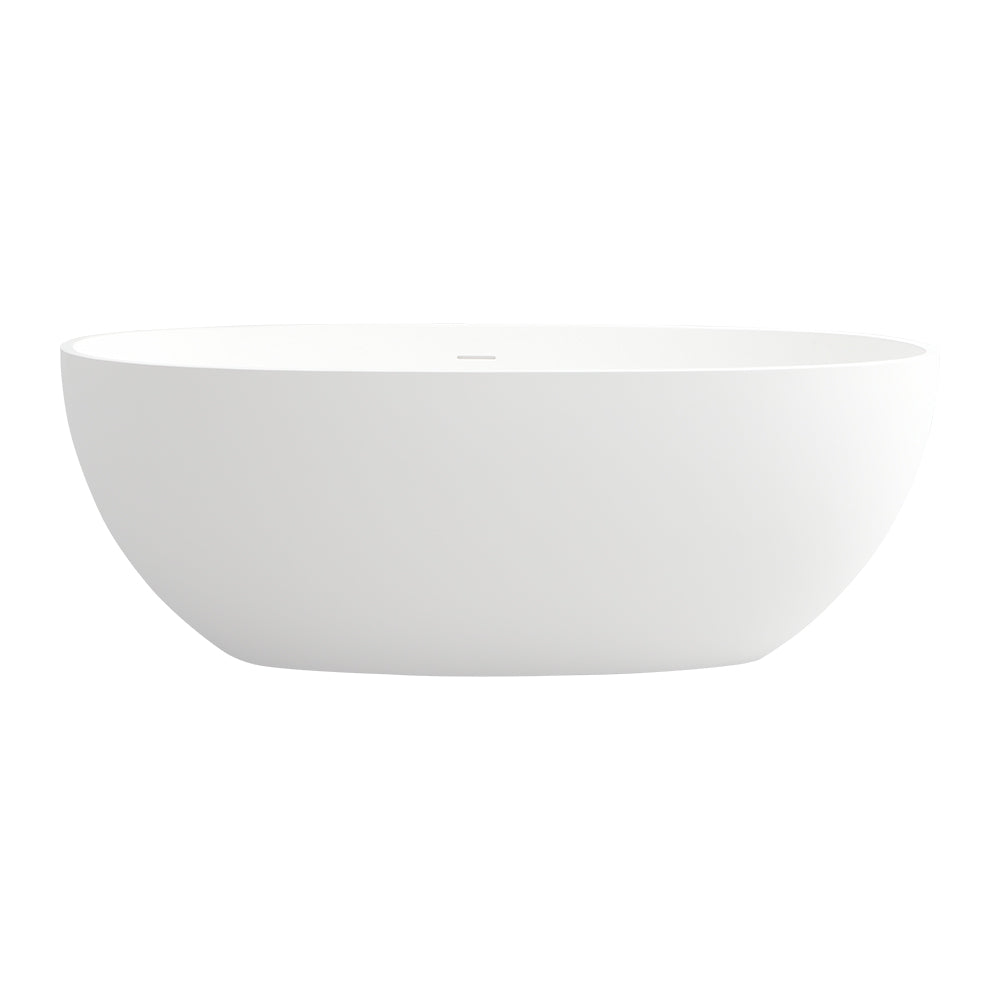


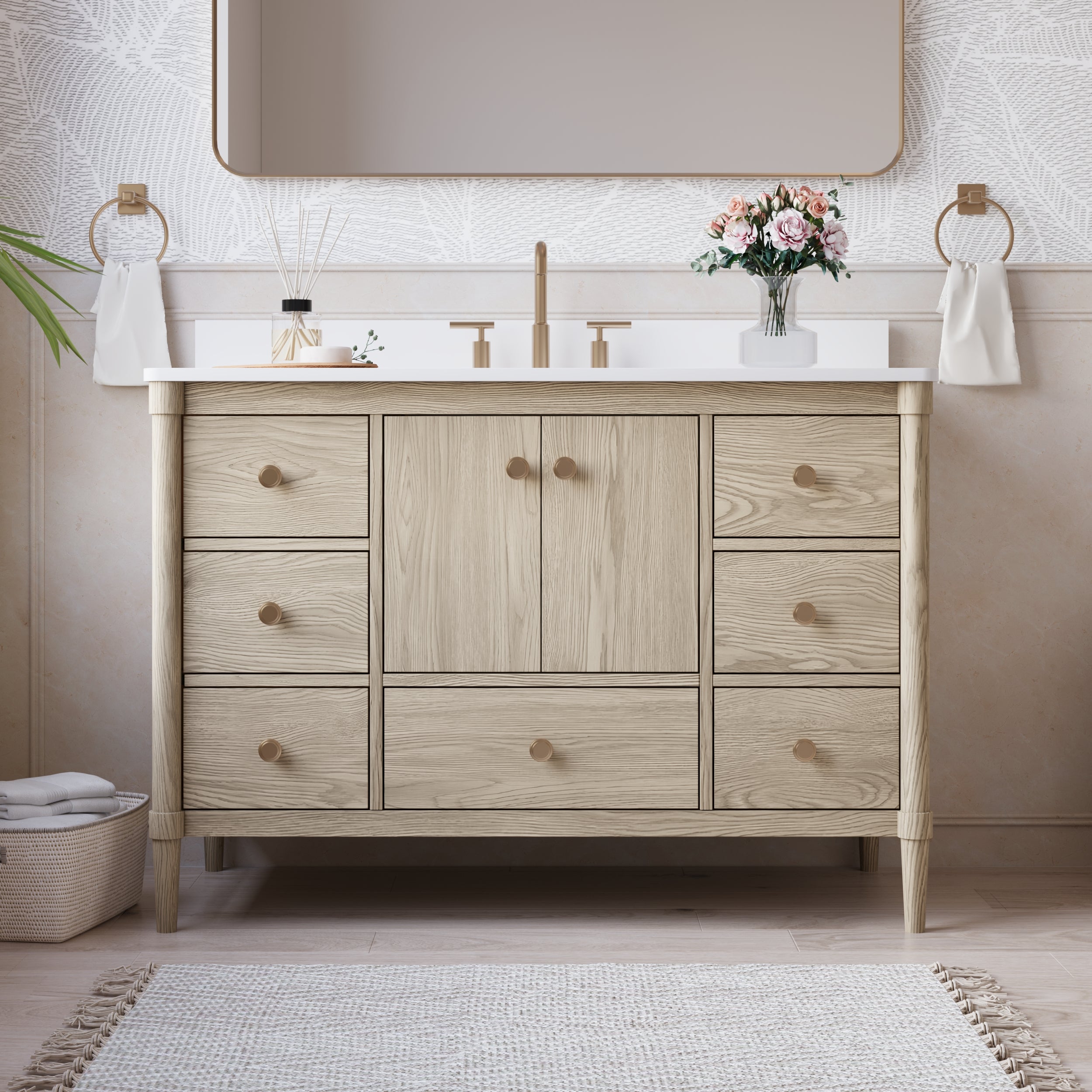
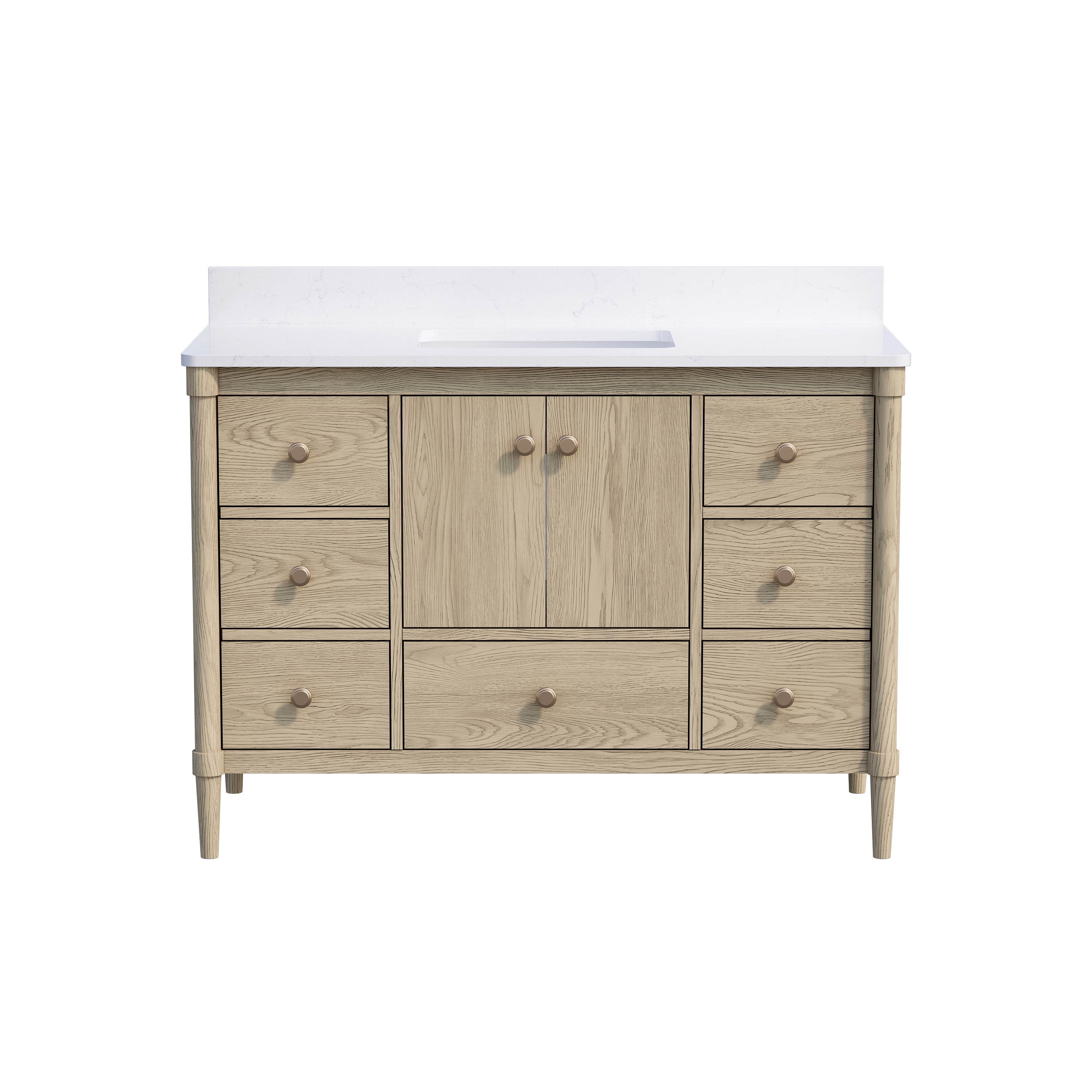
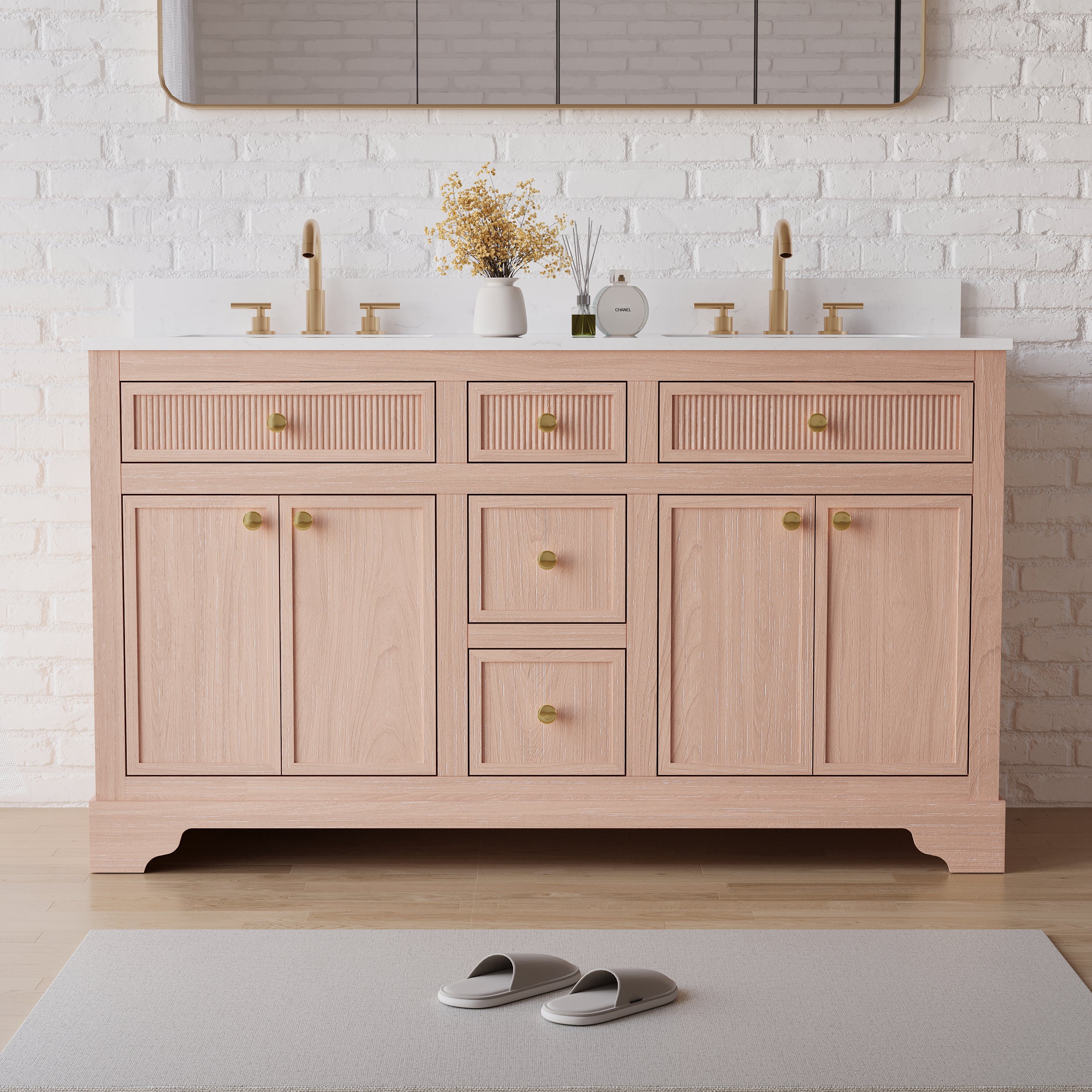



Leave a comment
This site is protected by hCaptcha and the hCaptcha Privacy Policy and Terms of Service apply.